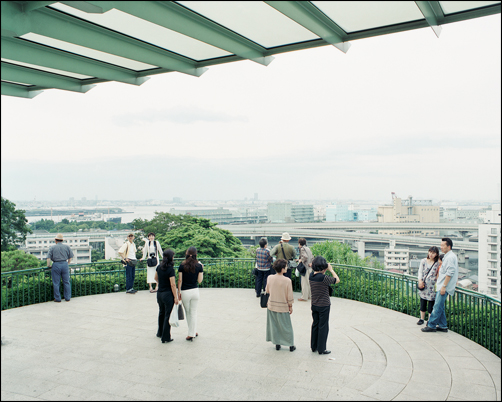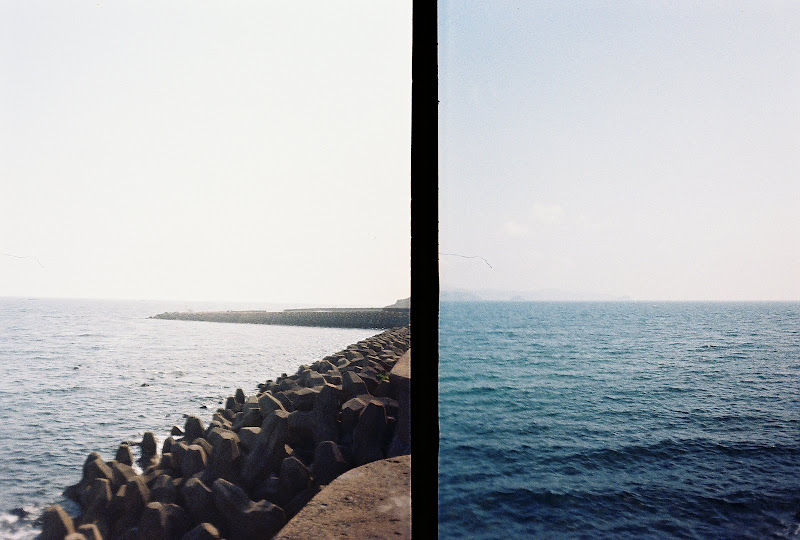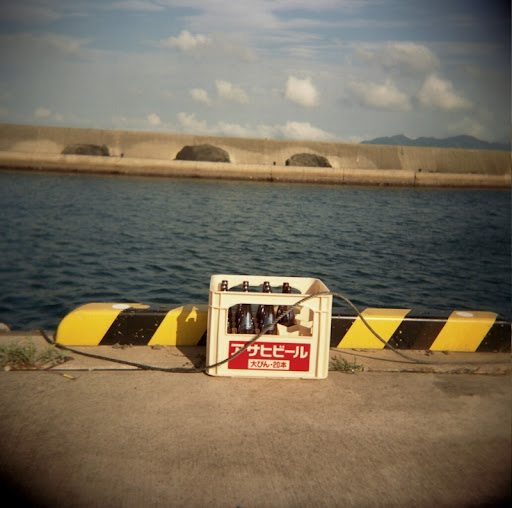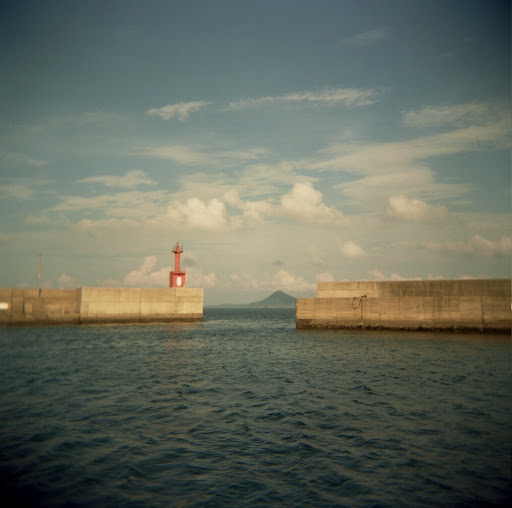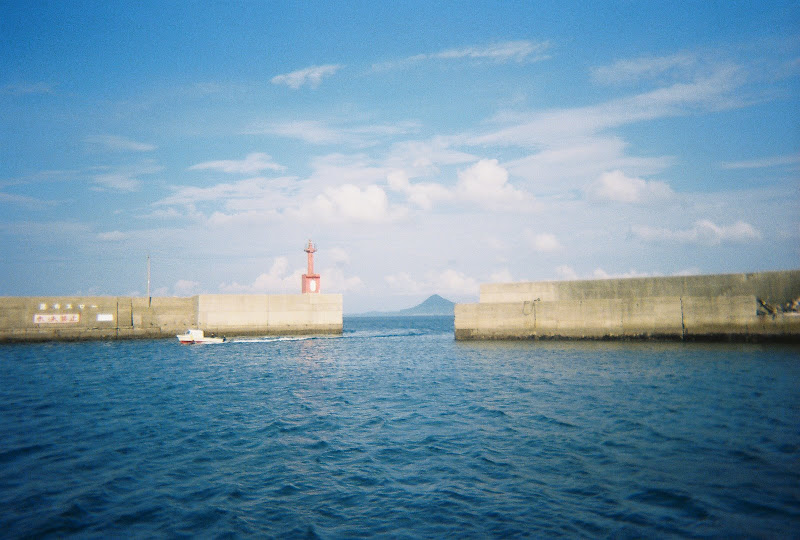There are too many good pull quotes to list here, interview with Hiroh Kikai from Lens Culture really pushes my buttons in a good way. Obviously he's a Japanese photographer so I'm interested from the beginning. But I appreciate his esoteric approach to photographic method, both in a career or life sense and also with respect to the momentary act of "apprehending an image," as he calls it.
An aside: there are useful and not-useful uses of this kind of language, i.e. "apprehending" an image, "commemorating" an ice cream truck. On the whole I would say that it has something to do with the (always legible) substance of thought behind the words. Kikai doesn't play around.
On the beginning of his life in photography:
I started off by taking several manual labor jobs: truck driver, dock worker... and I was able to survive on half of my salary. I was aware of the fact that I lacked photographic experience. I was still immersed in my philosophy studies at the time, and I began to think about the following concept: the essential thing was not the camera but the act of looking.
Things did, of course, eventually work out for him. I like hearing about people who find their way through unorthodox paths.

He thinks of his subjects outside of any context at all:
It is not the place that matters, it is the people. It is not the fact that these people are Japanese but the fact that their face and their body tells a story, whether they are Japanese, French, English or Martian...
These ideas might ring a bit zany to some audiences, but the images are there. Onward, philosophically motivated photography!





